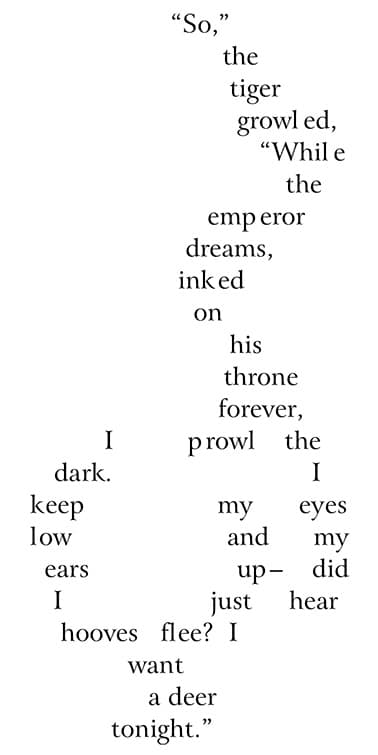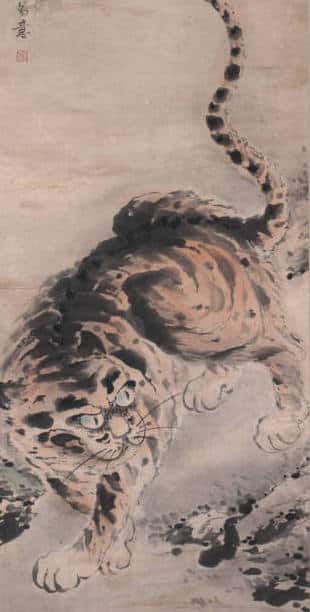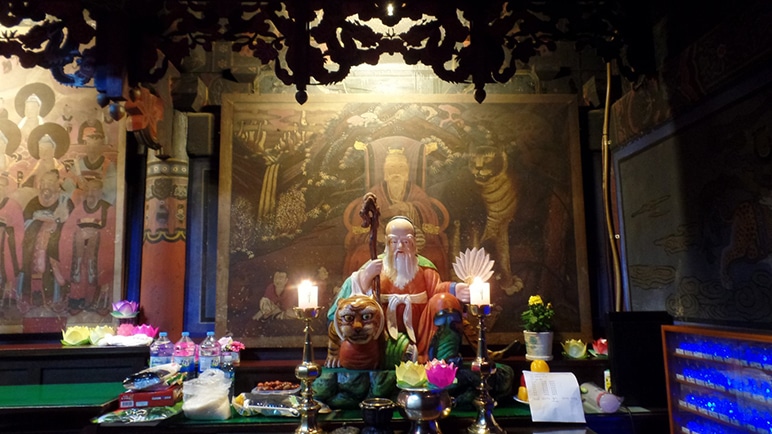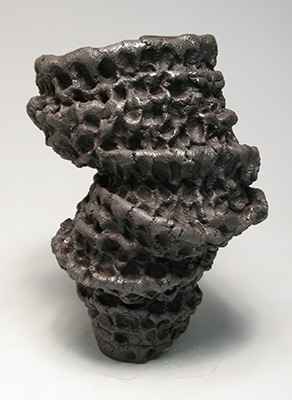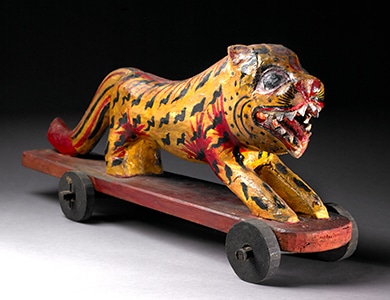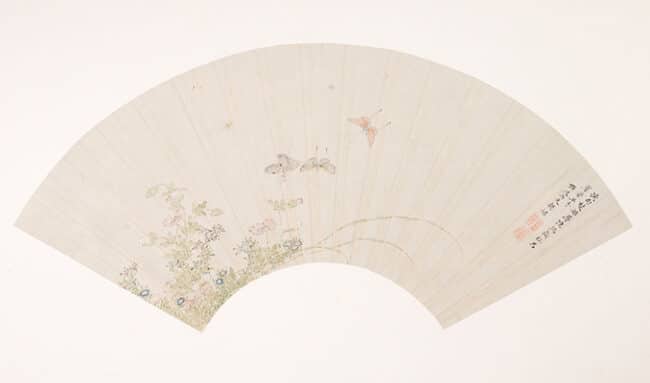The history behind April as designated National Poetry Month has all to do with the IRS and our collective April 15th tax deadlines. No, really! To commemorate National Poetry Month on past tax days, the Academy of American Poets distributed free copies of T.S. Eliot’s The Waste Land at selected post offices across the country to taxpayers rushing to make the April deadline. The connection? “April is the cruelest month…” begins the first line of Eliot’s signature modernist poem. It closes with the Sanskrit mantra “Shantih shantih shantih,” a closing prayer to suggest healing and peace.
To mark National Poetry Month at the museum, I’ve turned to the Harn Poet-in-Residence Debora Greger. She has been writing about the Harn’s collections since 2010 and mentoring undergraduate and graduate interns ever since. Over the last few months, we have been spending time with the Harn’s Korean collections and especially the newest exhibition Everyday to the Extraordinary: Highlights from the Korean Collection.
Debora has been inspired by the shape poems created by the poet and playwright Guillaume Apollinaire (1880–1918). While serving in the French army during WWI, he perfected what he called the calligramme, most of them created in the trenches with his army-issue pencil and trench pen.
The fantastic beasts found in the Korean art gallery supplied the outlines for this new poetic exploration:


